drag badge here
spizio
gamer level 6
11669 xp
11669 xp
followers
12
12
Use my invite URL to register (this will give me kudos)
https://boardgaming.com/register/?invited_by=spizio
profile badges




recent achievements

Follow a Local Game Store
Follow a local game store. The purpose of following is to get notifications when comments are added to the board.
Follow a local game store. The purpose of following is to get notifications when comments are added to the board.

Pick a Favorite LGS
Go to the Store Locator page, find your favorite local game store (LGS) and click on the Favorite button.
Go to the Store Locator page, find your favorite local game store (LGS) and click on the Favorite button.

Expert Recruiter
Earn 100 Recruiter Points by recruiting active users to BoardGaming.com using the email invite form or the Custom Invite Link.
Earn 100 Recruiter Points by recruiting active users to BoardGaming.com using the email invite form or the Custom Invite Link.

Reporter
Earn Reporter XP to level up by completing Reporter Quests!
Earn Reporter XP to level up by completing Reporter Quests!


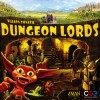





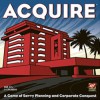








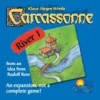

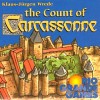
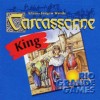








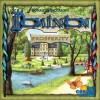


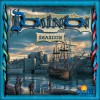






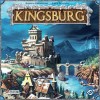
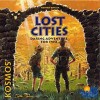

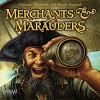














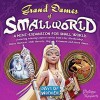
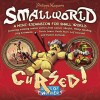

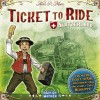






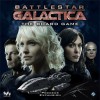
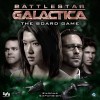


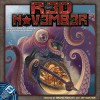
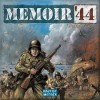


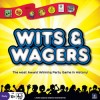


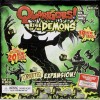


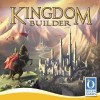



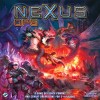


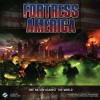





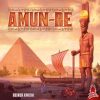
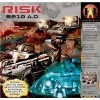








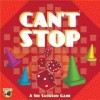


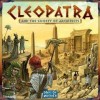



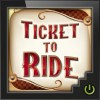




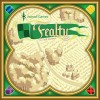


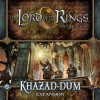






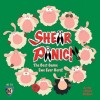

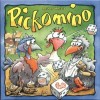

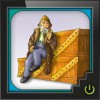
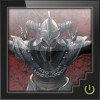
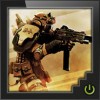


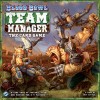









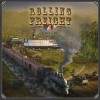




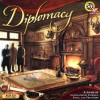
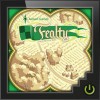



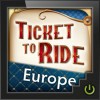


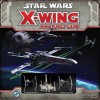

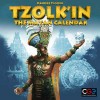

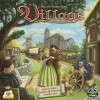




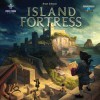



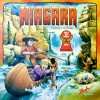




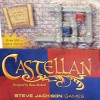


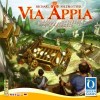






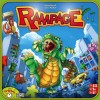











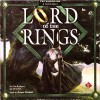









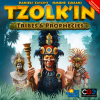



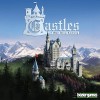






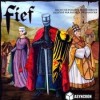

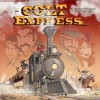









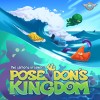


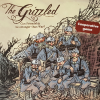







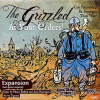











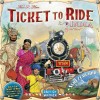
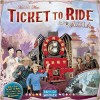


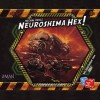

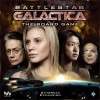
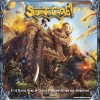


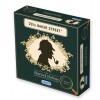














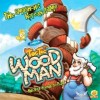









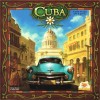



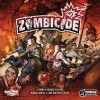



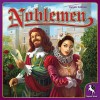
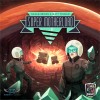
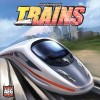
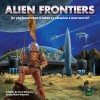
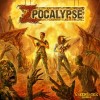







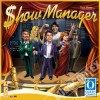





















Lemonade Stand
This is a cute little economic game. It is based off of an old Apple IIe computer game, however never having had a Apple computer I can’t compare the two. The basic point of the game is that you are competing children setting up and running lemonade stands. You will each run your stand for a week, 7 days or rounds if you prefer. Whoever is most profitable at the end of the week is the winner.
There are 12 weather forecast cards that are available in the game. These cards are the mechanism that drives demand in the game. Each card has 5 potential forecasts listed on it. One of these cards is revealed at the start of the day. This is basically you checking the news the night before to see what the weatherman is predicting for tomorrow. Based off of this you will decide how much to spend on producing lemonade and advertising if you choose. Lemonade produced or signs put up eat into your cash though. You are allowed to spend up to 3 cards. Some of the cards are dual sided with either lemonade or signs so it is important to flip them properly. You will also have to choose from 1 of 3 price points that you are going to sell at. Once everyone has decided on their strategy you simultaneously flip your cards, thereby opening your stands for business. The next step is determining if the weatherman was right. You flip the next forecast card and place it next to the previous one. This does 2 things. There is an arrow on it that will point to the previous forecast card which points out which of the 5 potential forecasts was the actual weather. The other is that it shows the 5 potential forecasts for the next day, assuming you are not on day 7. The actual weather conditions that are revealed will show the number of customers that are available to each stand and the demand price the customers are willing to pay. Before you can get to business there is one more step. There are some special cards called dollar cards. These represent money that you have banked. You start with one at the begining of the game. You are allowed to hold at most of 4 of each coin type; nickels, dimes, and quarters. If at the end of your turn you have too many you have to bank some and get a dollar card. Money banked this way can’t be converted back to coins. The dollar cards do have a 1 time effect that they can be used for, the nice thing is that using them does not remove their value from your end game score. At this point each player can play a dollar card and they are resolved in numerical order lowest to highest after each player has put out any dollar cards they want to play. Once the dollar cards are done each player will look at their available stock vs number of customer to see how many glasses of lemonade they can sell. They will then check at what price they sell at. This will be the lowest of their advertised price or the customer demand price. You multiply these two numbers to get your income for the turn. After collecting income you turn in any coin cards you spent to make lemonade or advertise. If you played dollar cards they are set aside to show they are part of your total but no longer usable for effects. You bank money to buy dollar cards if you have exceeded the coin limits for your hand. If you run out of dollar cards while doing this then all players with a dollar card must surrender one. There is no player elimination, if you were foolish or unlucky enough to go broke running your stand then you run home to mommy who bales you out by giving you a nickel.
Overall I think this game is cute, it has some nice childlike artwork. It plays relatively fast with its quick rounds and set number of turns. Experienced players should finish in under 20 minutes. Even new players should not take much longer due to the nature of the available choices. The weather forecasting mechanism and have 12 cards to cover 7 days should give this game a fair replay value. It is not a meat and potatoes game but make for a nice filler that is easy to teach.